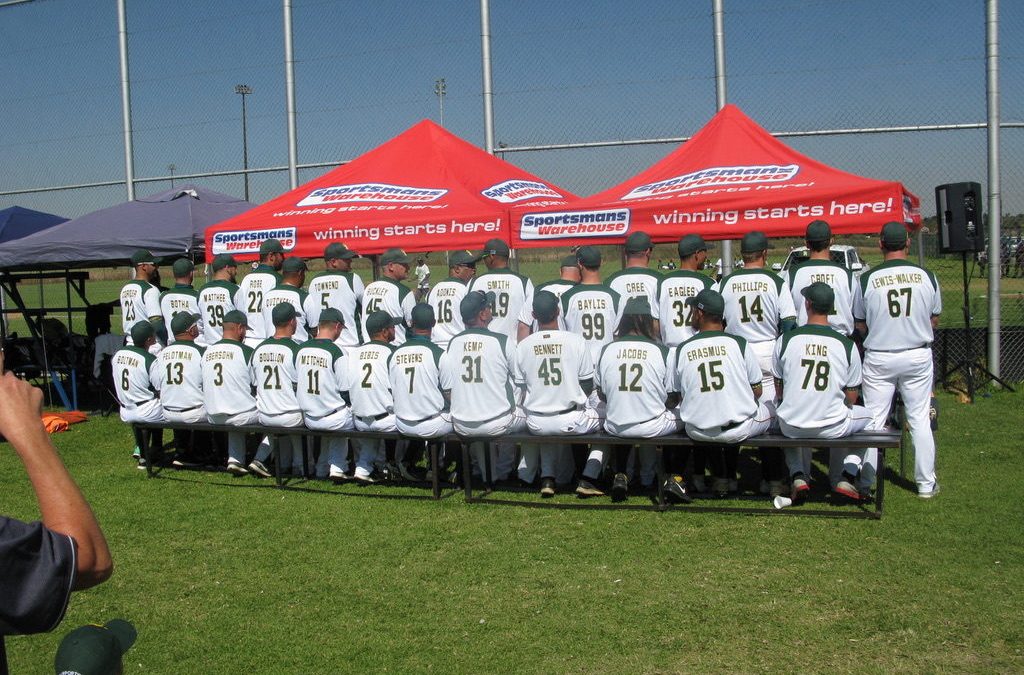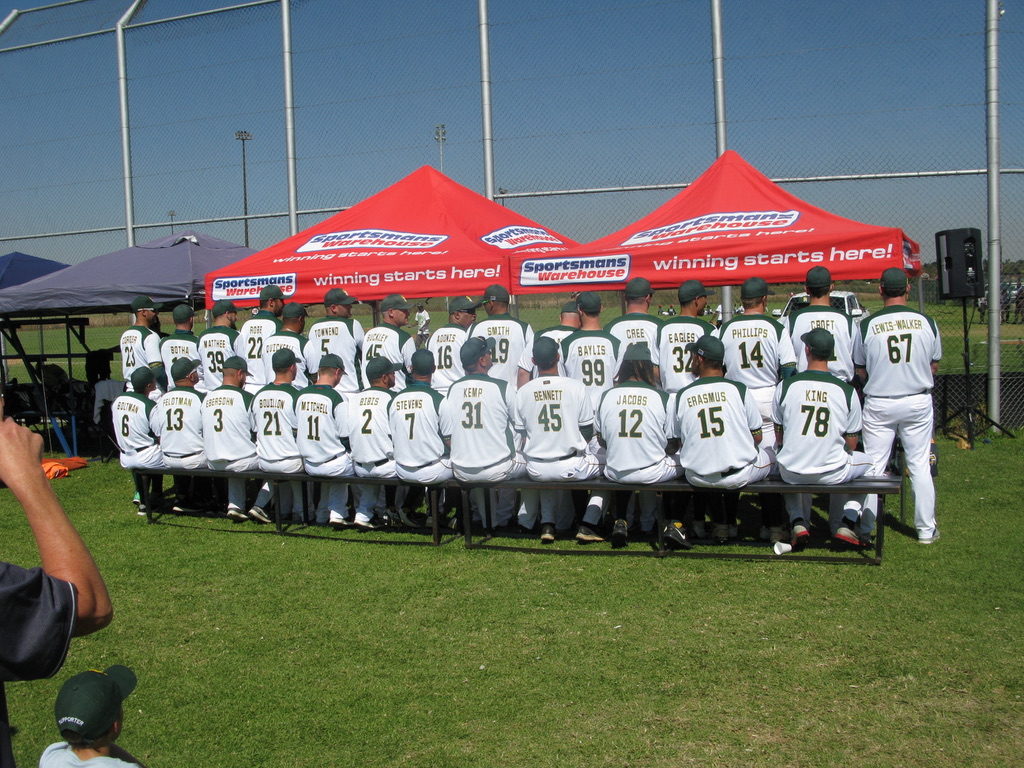
Briar surfing
Briar surfing
Briar & AJ took surf lessons near Tofino and became hooked on riding the cold waves of Vancouver Island’s coast


Briar & AJ took surf lessons near Tofino and became hooked on riding the cold waves of Vancouver Island’s coast



It’s a thrill (and a nice morning surprise) to learn that I am on the short-list for the ($10K!) Vine Award for Canadian Literature in the Non-Fiction category. Lots of interesting books on all the short-lists. It’s an honour just to be nominated. But I’ll be honest: it would be a real thrill to win! Thanks to the Kohler Centre for supporting these valuable literary awards.
I had the pleasure of talking about the history of the kibbutz and especially the lessons for contemporary communities to Stefan Morales for his new podcast, called “Working Together“. It was a great conversation with Stefan, who is passionate about ideas that can help us all co-create healthier and more inclusive communities. He has produced a great podcast, with a good package of background information and further questions to consider. You can listen here and find links to subscribing to his great podcast on various platforms.
(October 27, 2016, American Unviersity, Washington, D.C.)
by David Leach
Thank you. It’s a pleasure to be here.
I was asked to provide an overview of the rise, the fall and the transformation of Israel’s kibbutz movement… and keep that history under 20 minutes!
Consider my talk a brief overture to today’s symphony—a series of motifs that our other speakers will explore in more depth and rigour, all of which will reach a crescendo this evening The Children of Sun, Ran Tal’s visual tone poem about the kibbutz children’s house.
But first a disclaimer: I am not an academic historian but rather a journalist. My interest in the kibbutz is serendipitous. At the age of 20, I dropped out of university, bought a plane ticket to Tel Aviv and landed as a volunteer on Kibbutz Shamir in Upper Galilee. I’m not Jewish. I wasn’t motivated by politics. I was mostly fleeing a broken heart. And so I was also a perfect blank slate on which the kibbutz could imprint its stories and its values.
Twenty-five years later, I googled “Shamir” and discovered that my former kibbutz, founded by Romanian Marxists, had listed its lens factory on the NASDAQ stock exchange. Around the same time, an Israeli kibbutz sociologist gave a talk at my university titled “The End of Utopia?” I knew the there was an important story to uncover about the kibbutz. And so began eight years of reading and interviews and travels to dozens of kibbutzes and other utopian communities throughout Israel.
Of course, I wasn’t the first outsider to investigate the kibbutz. The kibbutz is distinct from other international communities in its openness to visitors seeking to study its communal experiments. And so the literature of kibbutz studies is as vast as it is contradictory.
One example: American author John Hersey visited multiple kibbutzim for The New Yorker and told its readers: “The kibbutz today is in mortal crisis.” His article was published in 1952. That same premature obituary about a “utopia in crisis” has been published in every decade from 1910 until today.
So, I’d like you to think of my sprint through a century of the kibbutz as “The History of a Movement in 10½ Crises.”
If there is one essential account of the early kibbutz, it’s Joseph Baratz’s memoir A Village by the Jordan: The Story of Degania—a testament to the 10 men and two women who founded the first kvutza. “It was known,” wrote Baratz, “that conditions in Palestine were discouragingly hard. Indeed the whole thing still seemed utopian, but with the growing pressure on the Russian Jews it was something even to dream about.” Fleeing anti-Semitism, the pioneers welded Zionism and socialism into a vision of equality that challenged traditional economic relationships: “This was not the way we hoped to settle the country,” recalled Baratz, “this old way with Jews on top and Arabs working for them. We thought there shouldn’t be employers and employed at all. There should be a good life. But how was it to be achieved?”
That question became the central dilemma of the kibbutz movement—tested decade after decade. The simple answer: “With difficulty.”
Malaria, hunger, loneliness, despair, Arab unrest, and even suicide took their toll on the pioneers and made them question their choice to live communally. The late historian and longtime kibbutznik Henry Near described how the ordeals faced by the pioneers helped to shape the movement: “There was a process of selection and self-selection that weeded out all but the toughest, both mentally and physically.”
Degania and other early settlements quickly faced a new challenge: How should they grow? How do you maintain an intimate community of equals if you get big? How do you found a nation and spark global revolution if you stay small?
Degania voted to split in two—and so begat Degania Aleph and Bet. Elsewhere, on Ein Harod, members developed a vision of the “great and growing” kibbutz that could contain multitudes and have more influence on the world beyond its fences.
The early years gave way to the Tower and Stockade Era, during which Zionist leaders identified strategic locations for settlements. One example is Kibbutz Hanita, founded in 1938, on a rocky ridge land near Lebanon bought by David Ben-Gurion against his advisors’ wishes. Fifty trucks carried several hundred settlers to complete a watchtower and a prefabricated dining hall, with double walls stuffed with gravel to stop bullets. Hanita could then defend a vital pass between Lebanon and Palestine, but its rocky slopes were far from ideal terrain to start farming.
That tension between what was best for the community and best for the future nation would persist. But the pioneers made sacrifices to fulfill both visions.
When David Ben-Gurion declared Independence, kibbutzim and outlined the borders of the future state—and formed the front lines against the armies of neighbouring Arab states. In the North, Kibbutz Degania deepened its reputation by holding back a Syrian armored advance. A lone tank sits at the kibbutz gates as a reminder. Kibbutznik soldiers would make similar sacrifices during the Six Day and Yom Kippur wars.
To the south, Kibbutz Kfar Etzion became a symbol of loss—Israel’s Alamo—when its defences were overrun and the survivors killed after they surrendered. After 1967, the call to restore Kfar Etzion as a kibbutz helped to spark the religious settler movement in the West Bank.
Meanwhile, the flight and expulsion of Palestinians in the aftermath of 1948 thrust many kibbutzim into a moral quandary: What to do with the abandoned fields and property?
Joshua Sobol, the Israeli playwright who lived on Kibbutz Shamir, told me the kibbutz movement has what he calls a “suffering soul”: “This was the slogan: ‘Zionism, socialism and fraternity between people—between nations.’ Three things that did not go together somehow! You could be a fervent Zionist, but then what do you do with the fraternity with other people who don’t agree with you? The kibbutz lived all these conflicts very deeply.”
The next challenge for the nation —and for the kibbutz —was the integration of the waves of Jewish immigrants into the new state, especially Mizrahi Jews from Arab countries in the Mediterranean. These immigrants were rarely integrated into existing kibbutzim, which felt overwhelmed. Instead they worked for hire while living in quickly built development towns in the country’s periphery. And so the seeds of the Ashkenazi/Mizrahi divide were planted.
Nomika Zion, the granddaughter of kibbutz leader Yaacov Chazan, described to me an incident on the kibbutz on which she grew up. When she was 10, she brought several girls from a development town to visit her home, only to have boys from her school throw stones and taunt the visitors: “Get out, you dirty Moroccans!” That incident would inspire her to found an urban kibbutz in the development town of Sderot.
“The kibbutz,” she told me, “surrounds itself with a fence—and that fence becomes a wall…. an emotional and mental wall. A profound conflict started to develop between the people from the kibbutz and the people from the development town.”
That conflict would haunt the kibbutz for years to come.
Of course, there was also the great schism of the early1950s — around the time that John Hersey diagnosed the “mortal crisis” in the kibbutz. Many members were divided in their allegiances to the major political parties in Israel as well as their attitudes to the Soviet Union. They underwent a bitter divorce that still seems operatic in retrospect: Many communities split in two, creating separate kibbutzes under separate federations. In at least one case, members strung barbed wire across the dining hall to separate the two sides of their community.
After this split, it was hard to believe the kibbutz movement could transcend ideological differences and achieve its vision of a unified communal movement.
From the 1950s onwards, kibbutzim transformed their agricultural base by adding industrial operations, mostly manufacturing. They produced everything: plastics, diamond saws, chocolates, books, medical supplies, and the famous drip irrigation systems that helped to make the deserts bloom. Some succeeded; others didn’t. On Shamir, members retooled an old bifocal factory to compete with Nikon and Zeiss and become the toast of NASDAQ. Down the road, another kibbutz went bankrupt when its diaper factory couldn’t keep up with Huggies and Pampers. Socialist communes were at the mercy of their own capitalist ventures.
An unintended consequence of kibbutz industrialization was the rise of a cadre of experts, as it no longer made economic sense to follow the traditional job rotation. The managers and engineers who ran the factories became a professional class within the class-less kibbutz. In later decades, they would lead the charge for privatization.
One of the most debated aspects of kibbutz experiment is the role of women. In the direct democracy of the general assembly, a woman’s vote counted as much as any man’s. The communal children’s house was meant to liberate women from domesticity, so they could participate in social and political life. They could also work in any branch of the kibbutz: agricultural, industrial, leadership.
In reality, women often got shunted into more traditional roles in the kitchen, administration or childcare. As Betty Friedan wrote in an introduction to Sexual Equality: The Israeli Kibbutz Tests its Theories, in 1983: “The kibbutz is a model example of the problems and plusses of the first stage of feminism … in that it made an attempt to include women in the productive sector of the workplace. …. The founders of the kibbutz movement could not see beyond the first stage—that equality cannot be achieved in terms of male values alone and only in terms of redefining the female role.”
In other words, while the kibbutz was willing to treat women like men, it couldn’t overhaul the entire patriarchy. As the current U.S. election makes clear, we’re still far from that here, too.
In 1977, Likud leader Menachem Begin attacked kibbutzes as a country club for champagne socialists. He later dismissed kibbutzniks as “like millionaires lolling around their swimming pools.” His smears struck a chord with poorer, conservative Mizrahi Jews. Many kibbutzniks blamed Begin for sticking a knife in their backs after all they’d done for the nation. His reply: you had it coming. His electoral success tilted the axis of power in Israel to the right, away from its 30-year foundation of soft socialism, and began the decline of the kibbutz as a political force within Israel.
One scholar described the kibbutz to me as “a brand, a kind of social good.” For years, the image of the kibbutz pioneer was the symbol of the model Israeli — the Hebrew Marlboro Man. Internationally, that lustre would last for another decade or two, but by 1977, it had lost its shine within a large part of Israel.
In the 1980s, the Israeli economy suffered profound hyperinflation, with interest rates rising to nearly 500%. Many kibbutzes had taken on debts to expand. Depending on whom you ask, kibbutz managers were at fault for over-extending their communities or the victims of a bad deal with the government and the banks for repayments. By the 1990s, virtually every kibbutz had to cut costs even as they lost younger members to the lure city life.
Dining halls were reduced to lunch meals or closed entirely. Other services were slashed. The last children’s house was shut down. More members worked outside the kibbutz, and the agricultural branches turned to cheap Thai guest workers.
Near-bankrupt kibbutzim debated the unthinkable: breaking from the original promise that every member is equal. By the turn of the millennium, incremental tweaks had become Shinui: “The Change.” Dr. Shlomo Getz is a sociologist who has surveyed kibbutzes for the last 25 years. He describes Shinui like this: “Total change, multi-system change… There are three or four crises at the same time.”
You might argue that identity has been in crisis from Day 1 of the kibbutz—perhaps of Israel itself. Who are we? Where are we going to? What are we becoming?
For the kibbutz, that crisis peaked in 2004 when the government struck a committee to review the legal status of the kibbutz. The Ben-Rafael committee made a Solomonic compromise and divided the kibbutz in three: there is kibbutz shitufi, which retain the original communal ethos; kibbutz mitkhadesh (or “renewing kibbutz”), which have adopted differential wages and other changes but retain a mutual guarantee; and then there is now recognition of the irbutz or urban kibbutz, non-agricultural city-based communes.
One kibbutz scholar lamented that the Committee turned kibbutz into a “zombie category” — a definition that can mean everything and nothing, as lifeless as privatized communities that are little more than gated suburbs.
Dr. Ben-Rafael told me that he felt the changes have liberated a new energy within the movement that lets each to choose its path. And now, after years of declining populations, young families are returning to the kibbutz.
This is the crisis to come—or rather the opportunity to be seized or lost as the kibbutz moves into the future, no longer a coherent movement and now more a series of unique possibilities — what I often call an “archipelago of hope”.
Today, you have a dwindling number of traditional kibbutzim. And a growing number of privatized kibbutzes — although what means on the ground varies greatly. Some have disbanded. Others have become moshavs. Some have rallied around new missions — a dance centre in Kibbutz Ga’aton, a home for adults with disabilities in Kishorit and Kibbutz Harduf, a Christian “kibbutz” in the Galilee that is becoming a community for Jewish/Palestinian co-existence. You will hear from Anton Marks about the extraordinary growth of urban communes.
As journalist and ex-kibbutznik Daniel Gavron once wrote: “The values of equality and cooperation are eternal” — but they need an extra bit of “glue”. “In the early communes it was religion; in the case of the kibbutzim it was pioneering and Zionism.” Kibbutzim — like every intentional community — must rediscover the glue that gives their members collective purpose.
In the Arava Desert, several relatively young kibbutzim — including Lotan, Ketura, and Samar — have found that new glue in facing the global environmental crisis. David Lehrer is the director of the Arava Institute of Environmental Studies on Kibbutz Ketura, where Jewish, Palestinian and international students work together on problems of global sustainability. A few years ago, Lehrer tried but failed to forge a “green kibbutz movement” that would unit communities across Israel under this common goal.
I’d like to end with his words, which are both pessimistic and optimistic, as another take on this perpetual utopia in crisis. He told me: “I don’t think the kibbutz movement has much of a future. Cooperative movements all over the world last for a hundred years and then become privatized—that’s what’s happening here… The question is: What does the kibbutz have to offer to problems like poverty and climate change? Do we have something special to say to the Palestinian-Israeli conflict? If we are irrelevant to these issues, then we’re irrelevant. It may mean that we have a lot fewer kibbutzes, but those left may lead us to a new era of sustainability and community life.”
Thank you!

So yesterday I got my first review in Canada—and an influential one at that—a starred review in the book-industry trade magazine Quill & Quire. And to me great relief, reviewer Mark Sampson raved about Chasing Utopia. The full review isn’t online yet, so here is the final paragraph—the kind of blurb-ready summation that every writer dreams of getting.